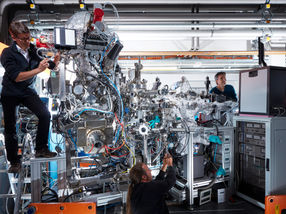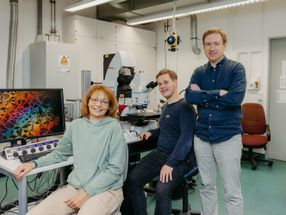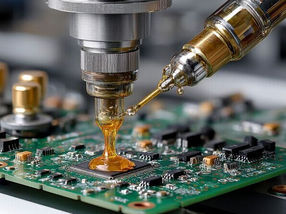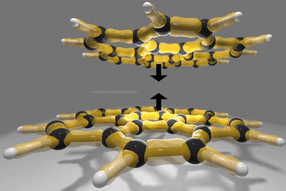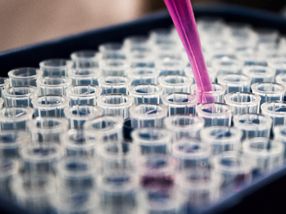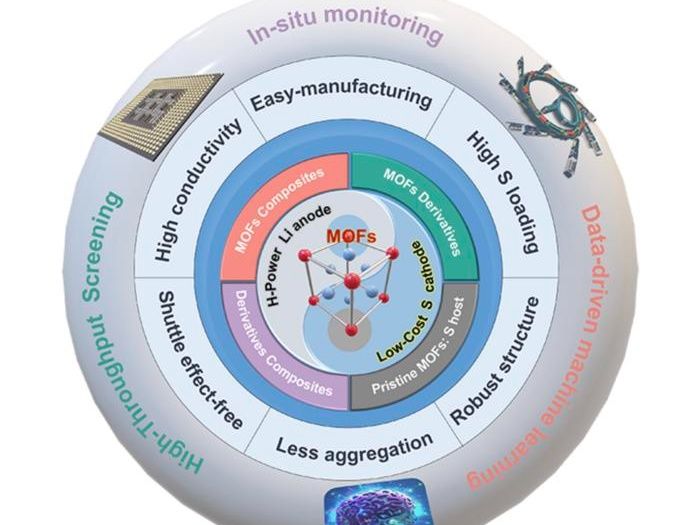Roadmap for linking CO2 sources and sinks using electrochemical processes
Opportunities, challenges and potential for improvement in the large-scale integration of CO2 sources and electrolyzers
Advertisement
What are the most promising CO2 point sources? How can the maturity of different reactor designs be determined? And which target product has the highest drop-in market potential? There are still some unanswered questions on the way to the industrialization of CO2 electrolysis. Answers are provided by a roadmap for linking sources and sinks of CO2 – drawn up by researchers from the Fraunhofer Institute for Environmental, Safety and Energy Technology UMSICHT, Forschungszentrum Jülich, RWTH Aachen University and Ruhr University Bochum.
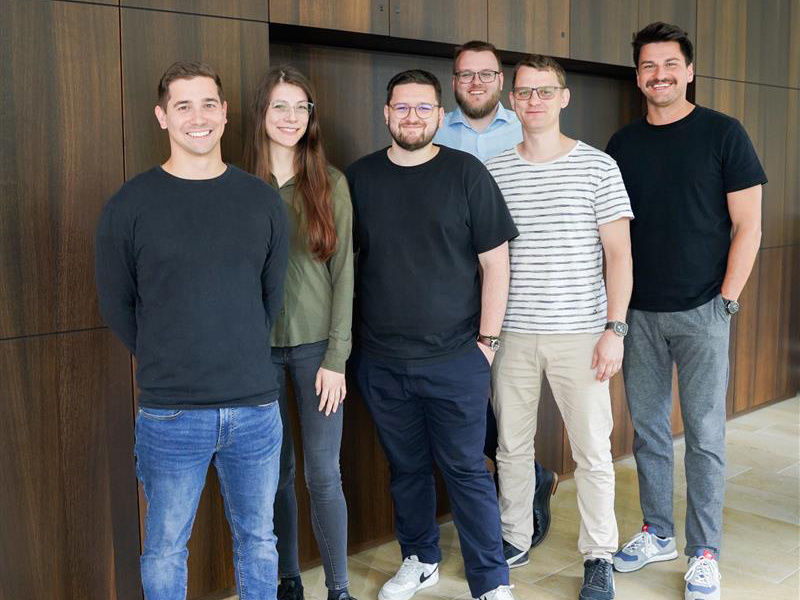
The following Fraunhofer UMSICHT employees contributed to the article “Closing the Carbon Cycle: Challenges and Opportunities of CO2 Electrolyser Designs in Light of Cross-Industrial CO2 Source-Sink Matching in the European Landscape” (from left): Dennis Blaudszun, Maximiliane Dreis, Kevinjeorjios Pellumbi, Kai junge Puring, Ulf-Peter Apfel and Sebastian Stießel.
© Fraunhofer UMSICHT
For their forecasts for the period up to 2050, the research scientists analyzed over 5,000 publications on the topic of CO2 electrolysis. Their focus: low-temperature and high-temperature electrolysis for the three product classes CO, formic acid and ethylene/ethanol. Their goal: to close the gap between academic reviews on the progress of CO2 reduction (CO2R) and industrial point sources.
Long-term perspective on the potential of CO2 electrolysis
With a view to matching sources and sinks across sectors, the researchers have identified the most relevant point sources and CO2R products for coupling scenarios. In addition, they evaluated the performance of different CO2R products in different cell configurations, highlighting key successes, trends and opportunities for improvement - taking into account both current CO2 emissions and market requirements as well as projections for 2050.
For example, the research scientists assume that the type of CO2 sources operating large-scale CO2 electrolysis technologies will go through three phases: 1) directly from industrial CO2 point sources, through b) a mixture of CO2 point sources and Direct Air Capture (DAC), to c) the primary establishment of DAC as a CO2 supplier alongside unavoidable large-scale emitters such as cement and waste incineration plants.
"Our roadmap provides conclusions on the most likely application scenarios for each technology and is therefore a valuable roadmap for the industry: When, where, how and for which product can CO2 electrolysis be an attractive technology?" summarizes Prof. Ulf-Peter Apfel from Fraunhofer UMSICHT.
The complete results can be found in the article "Closing the Carbon Cycle: Challenges and Opportunities of CO2 Electrolyser Designs in Light of Cross-Industrial CO2 Source-Sink Matching in the European Landscape" – published in the journal "Energy & Environmental Science
Original publication
Muhammad Tayyab, Maximiliane Dreis, Dennis Blaudszun, Kevinjeorjios Pellumbi, Urbain Nzotcha, Hermann Tempel, Muhammad Qaiser Masood, Henning Weinrich, Sebastian Stießel, Kai junge Puring, Rüdiger-A. Eichel, Ulf-Peter Apfel; "Closing the carbon cycle: challenges and opportunities of CO2 electrolyser designs in light of cross-industrial CO2 source-sink matching in the European landscape"; Energy & Environmental Science, 2025




